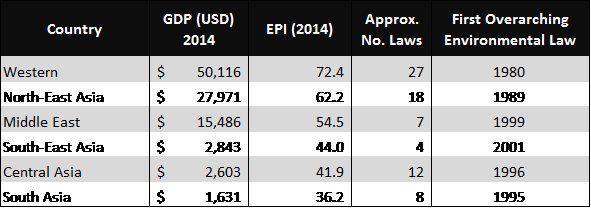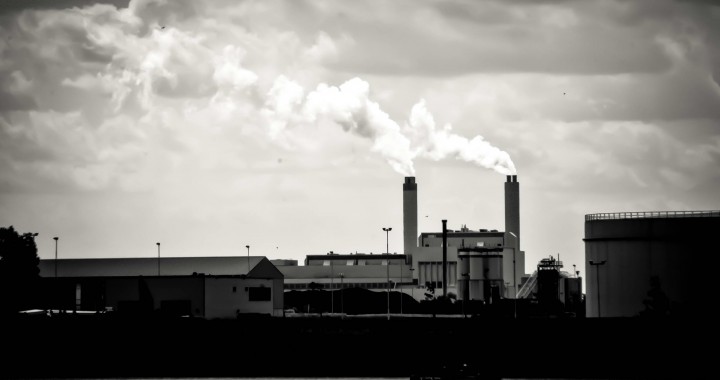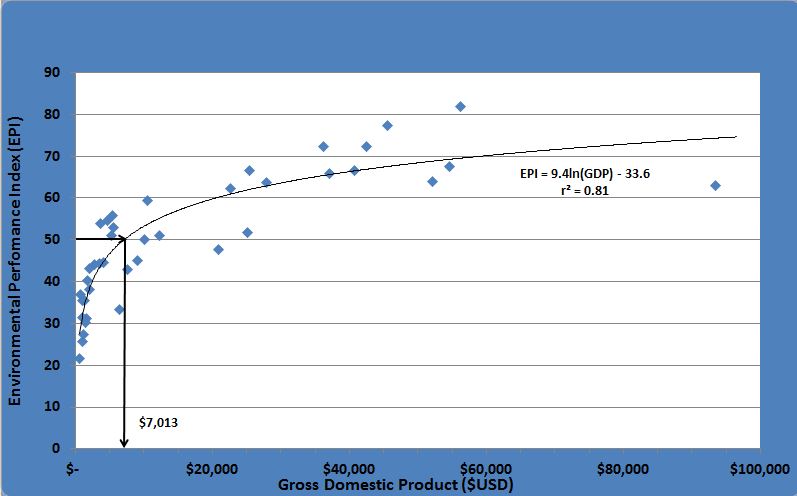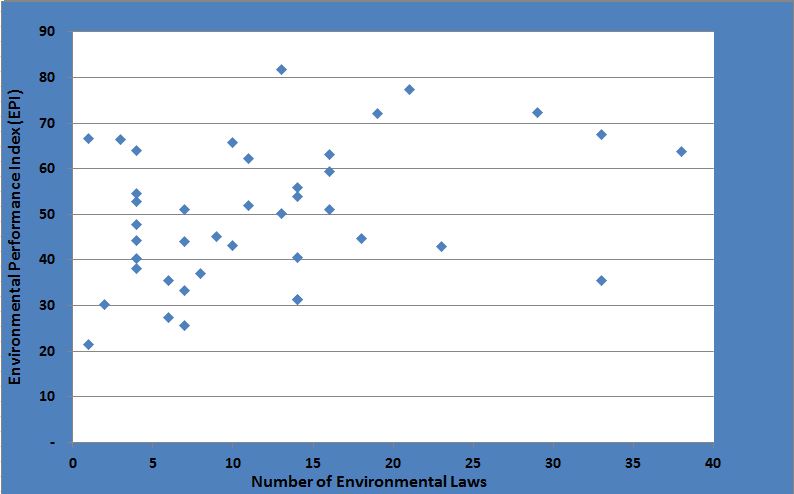Environmental Issues in Asia - Are You Kidding Me?
Open a newspaper or website about Asia and you are bound to read depressing reports about the state of the environment:
"Asian cities choking on worsening air pollution - Heavy smog on Tuesday shrouded the capitals of the world’s two most populous countries..." 22 December 2015. Voice of America
"Myanmar's jade trade turns frantic as mining firms destroy environment to take stones - Using heavy earth-excavators and explosives, miners have been tearing into Myanmar’s northern hills in recent months, in a rush to excavate more jade from the world’s richest deposits of the gemstone before a new government takes office next year." 16 December 2015. South China Morning Post
"Earth has lost a third of arable land in past 40 years - Experts point to damage caused by erosion and pollution, raising major concerns about degraded soil amid surging global demand for food..." 2 December 2015. The Guardian
While it might not seem like it, there are in fact legal frameworks within all Asian countries for managing environmental issues.
What Environmental Laws are in Place in Asia?
The following table gives a broad summary of environmental legislation for the major sub-regions in Asia along with a measure of the country’s wealth (Gross Domestic Product - GDP) and of the country’s overall environmental performance (Environmental Performance Index - EPI).
Table 1 Overview of GDP, EPI and Laws in Asia

Data presented in Table 1 are median values derived from the countries listed in Table 2 (click the link below to download the pdf file):
Table 2: Environmental Laws - Asian Countries
The Environmental Performance Index (EPI) is a widely used metric developed by Yale University that ranks how well countries perform on high-priority environmental issues in two broad policy areas: protection of human health from environmental harm and protection of ecosystems (http://epi.yale.edu).
EPIs are scored from 0 to 100. Overall, Switzerland ranks first of 178 countries with a score of 87.67 and Somalia last at 15.47 and the median value is 50.41. Within Asia, Singapore is first at 81.78 (and fourth overall) Afghanistan last at 21.57 (174th of 178 countries) and the median is 50.61.
As expected, there is a clear and very strong positive relationship between environmental performance (EPI) and wealth (GDP):
Figure 1: Relationship between EPI and GDP
The increase in EPI to a level of about 50 is very dramatic and corresponds to GDP levels increasing to approximately $7,000. Thereafter, the rate of increase in EPI slows and there is effectively no further increase in EPI at levels of GDP above $15,000-$20,000.
Perhaps unexpectedly, there is little correlation between EPI and the complexity of a country's regulatory environment, as least as measured by the number of environmental laws in place:
Figure 1: Relationship between EPI and Number of Environmental Laws
This lack of correlation raises questions about the effectiveness of environmental legislation (and/or enforcement and compliance issues); but, we will leave this as a point for discussion in future blog posts.
There is also a pattern for environmental legislation tending to become more complex over time. From Table 1, we can see that, on average, a new law pertaining to some aspect of the environment is promulgated at a rate of approximately one new law per every two years following the introduction of a county's first major environmental law. This is not at all surprising as governments are in power to make laws!
What Does This Mean to the HSE Professional?
There are several take-home messages that can be gleaned from the above information:
• The HSE professional needs to be aware of all of the national and local laws (and associated regulations, standards, guidance documents, etc.) that fall within the jurisdictions(s) of interest. It is your responsibility to make sure that you maintain an up-to-date HSE register.
• The environmental regulatory regime in Asia is very diverse, and includes countries with some of the world's best and worst environmental performance.
• The richer countries in Asia all have reasonably clear environmental laws (and regulations) and good enforcement and compliance.
• The poorer countries in Asia all have major shortcomings in environmental laws and regulations with little or no enforcement and compliance.
• No matter what the regulatory regime is today, rest assured that it will become more complex in the future.
Thanks for reading. In future blogs I will revisit these data and also take a more detailed look at the HSE regulatory environment in specific countries.
I hope that you will bookmark the blog, share it with your colleagues and visit the blog frequently because you find it informative and helpful. I value your feedback and suggestions for future topics.
Please enter your email in the box at the top of the post and subscribe to our blog HSE Asia - our weekly blog will be emailed directly to you.
Next Week’s Blog Topic: What Does Asian Businesses Need to Know About International OHS Agreements?
Photo Credits: Factory pollution photo courtesy of Merelize at freerange.com
- Is Your Business Compliant with HSE Regulations? Take Our Quiz to Find Out! - September 16, 2024
- Duty of Care: What it Is and What it Means to Companies Operating in the GCC? - January 28, 2024
- Free E-Book:Health, Safety, and Environment Regulatory Review – United Arab Emirates: An Overview of Federal Requirements - July 5, 2023



This too comprehensive. You can’t generalize.
Thanks for taking time to read, but I am not really sure of what you are trying to say. Of course I can generalize, that is the purpose of an overview presentation. All five of the “take-home” messages are general statements supported by the presented information and real-life experience. Which of these do you disagree with? I am more than happy to engage in a discussion of specifics if that is what you are after.